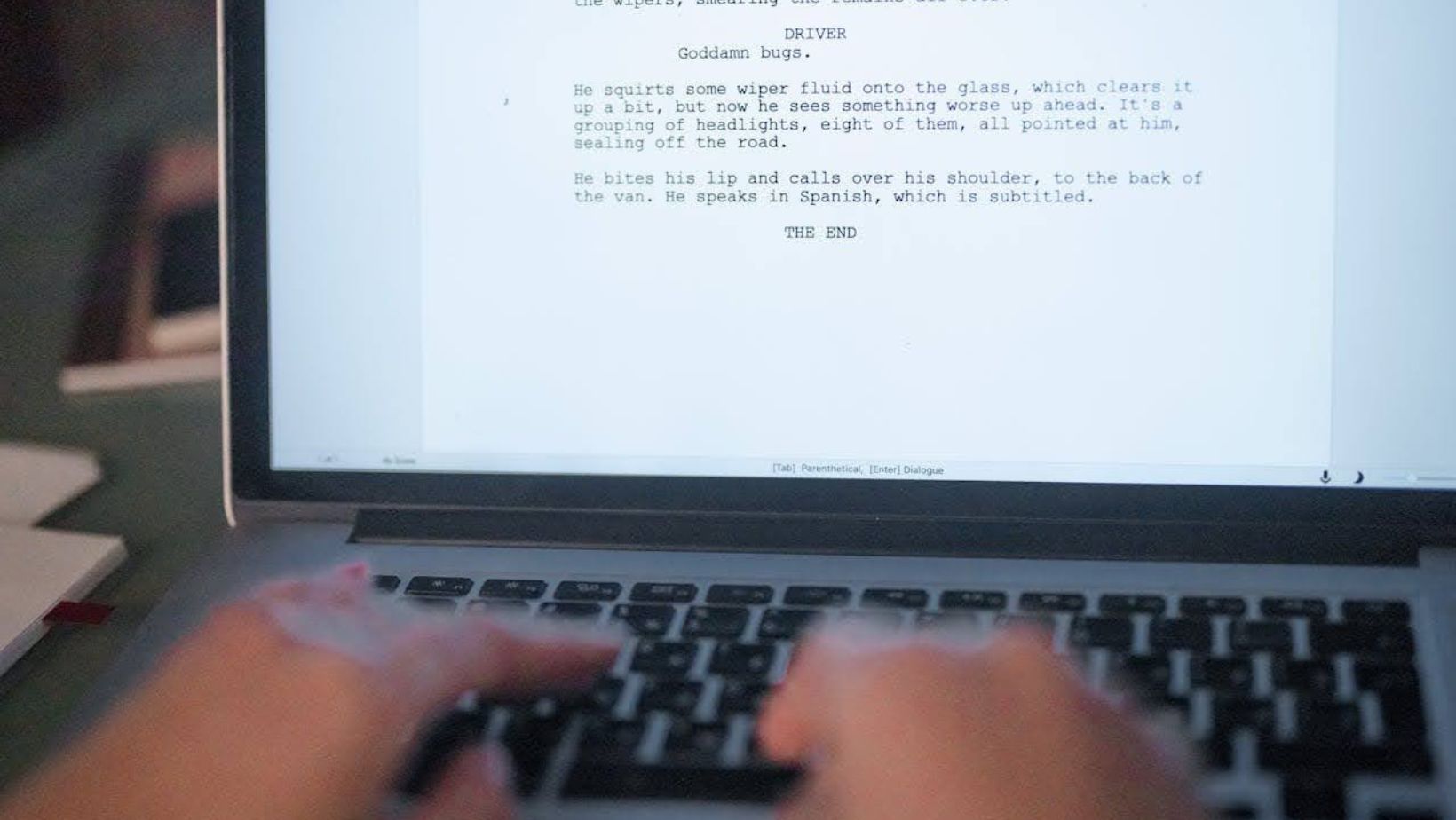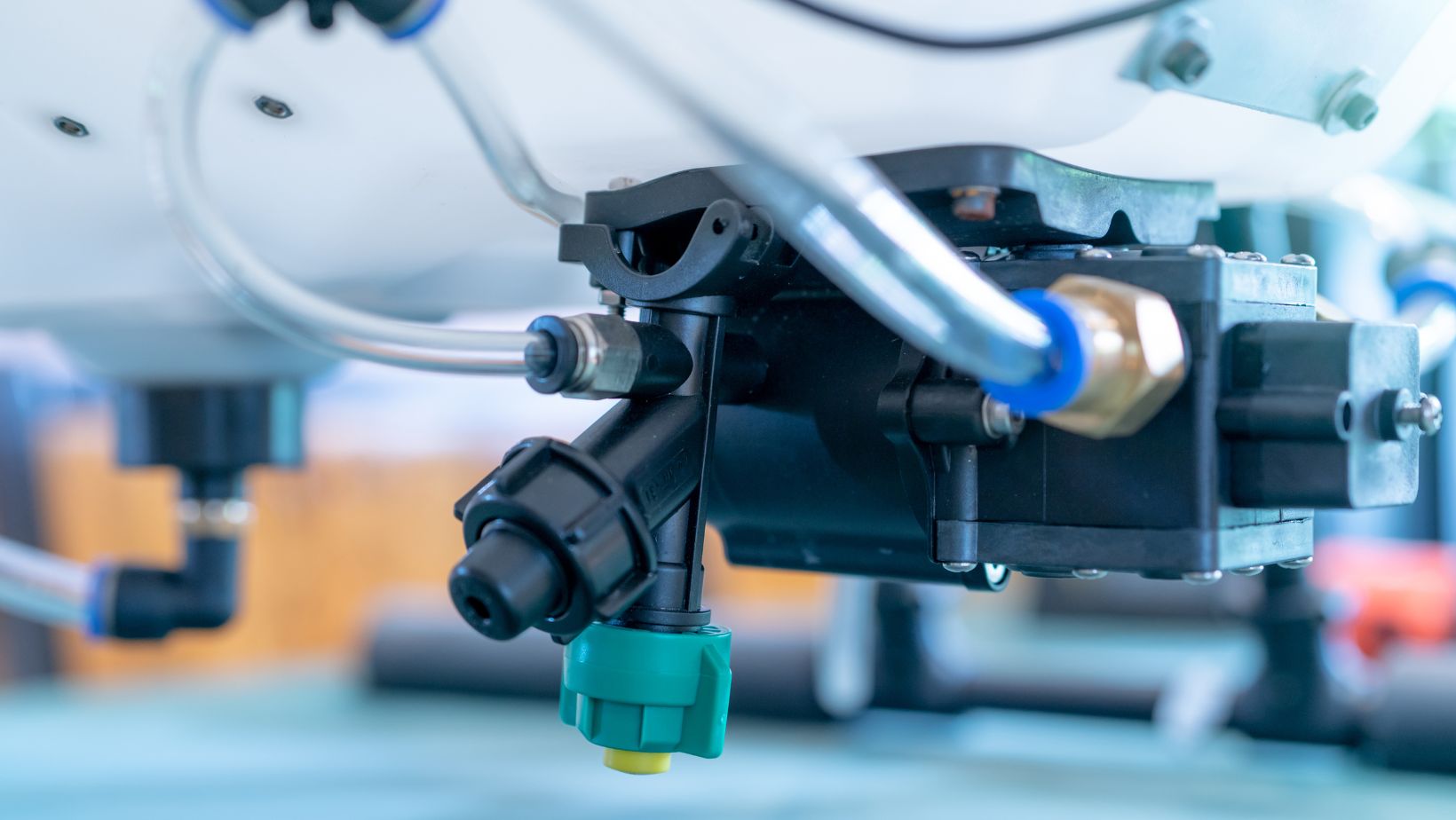
 Screenwriting has always been a blend of art and science—a creative process driven by emotion, structure, and narrative flair. Today, technological advancements are reshaping that process by offering writers innovative tools to overcome challenges such as writer’s block, complex plot structuring, and time‑consuming revisions. In this guide, we’ll explore how to harness the power of AI to enhance your screenplay writing process. Whether you’re a seasoned scriptwriter or just starting out, this guide aims to help you combine your unique creative voice with the efficiency of modern technology.
Screenwriting has always been a blend of art and science—a creative process driven by emotion, structure, and narrative flair. Today, technological advancements are reshaping that process by offering writers innovative tools to overcome challenges such as writer’s block, complex plot structuring, and time‑consuming revisions. In this guide, we’ll explore how to harness the power of AI to enhance your screenplay writing process. Whether you’re a seasoned scriptwriter or just starting out, this guide aims to help you combine your unique creative voice with the efficiency of modern technology.
The Changing Landscape of Screenwriting
In the past, writing a screenplay was a solitary journey of long hours with nothing but a blank page for the company. Now, with digital tools at our fingertips, the experience has evolved dramatically. Today’s screenwriters have access to advanced software that can generate ideas, suggest dialogue, and even help structure your narrative. This blend of human creativity and AI assistance is proving invaluable, especially when deadlines loom or inspiration seems scarce.
The integration of AI into screenwriting is not about replacing the writer; it’s about augmenting your creative process. When used effectively, AI can help you tackle mundane tasks—such as formatting, outlining, or even generating first drafts—allowing you to focus on the storytelling and emotional depth that make your script truly resonate.
Understanding AI’s Role in Screenwriting
At its core, AI in screenwriting is designed to act as a helpful assistant. Imagine having a tool that can quickly generate alternative dialogue options, suggest plot twists, or even help you brainstorm character traits. These capabilities can be particularly useful during those moments when the creative well feels dry.
For example, an AI script generator can provide you with a starting point when you’re stuck. It doesn’t dictate your story; instead, it offers suggestions that you can then tweak and mold according to your vision. This collaborative process not only speeds up the drafting phase but also helps ensure that your ideas remain fresh and varied.
Setting Up Your Screenplay Project
Before diving into the AI-assisted writing process, it’s essential to lay a solid foundation. Like any creative project, screenwriting benefits from careful planning and organization. Here are a few initial steps to consider:
1. Create a Detailed Outline
A well-crafted outline serves as the roadmap for your screenplay. Break down your story into key acts and scenes, noting down the major plot points, character arcs, and turning points. This outline doesn’t have to be set in stone, but it should provide a clear direction for your narrative. By having a comprehensive outline, you can use AI tools more effectively by giving them a structure to work within.
2. Develop Your Characters
Characters are the heart of your screenplay. Write brief bios for your main characters, detailing their motivations, relationships, and personal growth throughout the story. This step not only deepens your understanding of each character but also guides the AI in generating dialogue and actions that are consistent with their persona.
3. Gather Your Research
Collect any research, references, or inspirational materials that relate to your screenplay’s theme or setting. Many modern writing platforms allow you to attach notes or links directly to your project, ensuring that all your resources are easily accessible when you need them.
With these foundational elements in place, you’ll be better prepared to integrate AI into your writing process.
Leveraging AI for Screenwriting
Once you’ve set up your project, it’s time to explore how AI can assist in various stages of screenwriting. Here’s a step‑by‑step look at how to incorporate AI into your workflow:
Step 1: Brainstorming with AI
When you’re starting out, brainstorming can be one of the most challenging parts of screenwriting.
At this stage, an AI tool can help generate fresh ideas for scenes, character interactions, or even entire plot directions. Input some basic parameters or themes into your AI tool, and let it provide you with creative prompts. Use these suggestions as a springboard for further development rather than as final ideas.
Step 2: Drafting Scenes
If you’re facing writer’s block or struggling to articulate a particularly tricky scene, let the AI assist by generating a rough draft. The tool can produce an initial version of a scene based on your outline. Once you have this draft, review and edit it to infuse your unique style and refine the dialogue. Remember, the goal is to have the AI serve as a starting point—not to replace your creative input.
Step 3: Refining and Editing
After drafting, the editing phase is crucial. Use AI’s grammar and style suggestions to catch errors and improve readability, but don’t let these automated recommendations overshadow your voice.

Always revisit the text to ensure it aligns with your original vision and tone. Editing is where your creative personality should shine, transforming the AI’s raw output into a polished, emotionally engaging script.
Step 4: Iteration and Collaboration
Screenwriting is rarely a linear process. Use AI tools that support version control and real-time collaboration to track changes and get feedback from co‑writers or editors. This iterative process allows you to experiment with different narrative approaches and fine‑tune your screenplay until it perfectly captures your intended story.
Balancing Automation with Creativity
One common concern among writers is that relying on AI might lead to a homogenized or generic script. However, the key to maintaining originality is to always use AI as a complement to your creativity, not a crutch.
- Personalize the Output: Always review and revise AI-generated content to ensure it reflects your style and voice.
- Mix and Match: Combine AI suggestions with your own ideas. Let the technology handle the heavy lifting of generating structure or dialogue options, and then inject your personal insights to add depth and emotion.
- Stay Critical: Use AI-generated drafts as a benchmark rather than a final product. Critically evaluate every line of dialogue and scene description to ensure it meets your creative standards.
By keeping a critical eye on AI outputs and continuously refining them, you can enjoy the benefits of rapid idea generation and structured drafting while preserving the nuances that make your screenplay uniquely yours.
Practical Tips for a Successful AI-Assisted Screenwriting Process
To make the most of AI in your screenwriting process, consider these practical tips:
- Experiment with Prompts: The more specific your input, the more tailored the AI’s suggestions will be. Don’t hesitate to experiment with different prompts until you find the ones that yield the best results.
- Iterate Frequently: Use version control features to track changes. This lets you experiment freely without the risk of losing your original ideas.
- Maintain Your Creative Vision: Keep your outline and character bios handy as you work. Regularly refer back to them to ensure that every scene and dialogue remains true to your overall narrative.
- Collaborate Actively: If you’re working with other writers, schedule collaborative sessions where everyone can review AI-generated content and offer feedback. This collective process can lead to richer, more diverse storytelling.
Bringing It All Together
The integration of advanced features in book writing software, particularly AI assistance, offers screenwriters a powerful way to boost productivity without compromising creativity. By streamlining routine tasks and providing a structured framework for your ideas, these tools allow you to focus on what really matters—telling a compelling story.
For those looking to further explore the technical side of these tools, resources on how to write a screenplay provide in-depth guidance on building a structured, engaging script that resonates with audiences. This blend of technology and traditional screenwriting techniques can lead to a harmonious workflow that maximizes both efficiency and creative expression.
Final Thoughts
Writing a screenplay is a challenging yet deeply rewarding endeavor. Advanced software tools, particularly those offering AI assistance, have transformed the creative process—making it faster, more organized, and ultimately more enjoyable. The key is to strike the right balance: use AI to handle the mechanics and generate fresh ideas, but always ensure that your unique voice and vision remain at the forefront of your work.
Embrace these advanced features as a means to enhance your creative process, not to replace it. With thoughtful integration, you can produce a screenplay that is both technically polished and emotionally compelling—a true reflection of your storytelling prowess.
As you venture into this new era of screenwriting, remember that every tool is only as powerful as the writer who wields it. Let the efficiency of modern technology complement your creative instincts, and watch as your ideas transform into a script that captures the imagination of your audience.









